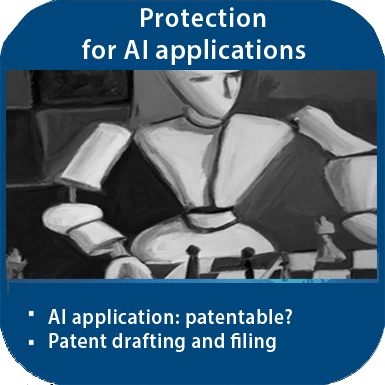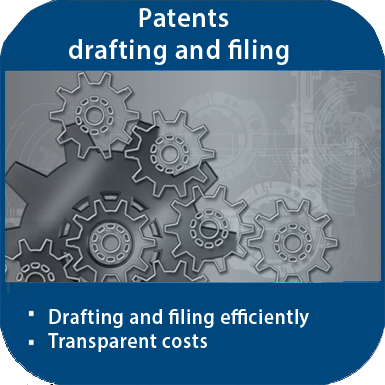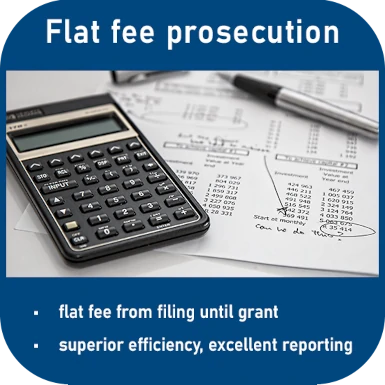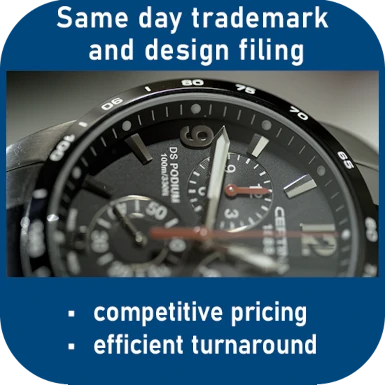BGH ‘Verbundelement’: patent claim and counterparts

Can the patent successfully delimit itself from counterparts even though the patent claim does not contain enough specific information on the nature of an adhesive layer? The German Federal Supreme Court (Bundesgerichtshof (BGH)) ruled on this question in a leading decision interpreting the patent claim for a composite element with an adhesive layer. Was there a sufficiently specific embodiment within a delimitation from the counterparts - in the claim of the patent in suit as well as in the counterparts?
Previous case law: delimitation from the description of a patent
So, what is the previous German case law regarding such an interpretation of patent claims? Since the 'Schnellwechseldorn' decision of March 2, 2021 (BGH, X ZR 17/19), the following applies:
in case of doubt, a patent claim feature may not be interpreted in such a way that it is found in prior art which is described as disadvantageous in the description and from which it seeks to distinguish itself.
In this judgement, the Federal Court of Justice ruled, among other things, that the technical teaching was new - justified by the fact that the patent in dispute dealt with prior art in the description from which it sought to distinguish itself. The same also applies if a known prior art is equated with the generic term of a patent claim. In this case, according to the Court, the features of the characterising part must, in case of doubt, be interpreted in such a way that they are not found in the prior art from which they seek to distinguish themselves.
BGH ‘Verbundelement’: patent claim and delimitation
The BGH decision 'Verbundelement' of April 26, 2022 (BGH, X ZR 44/20) extended this case law. The revocation case relates to a patent claim for a method for producing a composite element; constructed from two cover layers, a foam layer, and at least one adhesive layer.
In 2020 the Federal Patent Court (Bundespatentgericht, BPatG) declared the patent in suit invalid because it considered the patent to be disclosed by counterpart NK5 (international patent application 99/00559). The defendant filed an appeal against this decision and defended the patent in suit (European patent 1 516 720 with effect for the FRG) before the BGH.
The central question, in this case, was: Can the patent successfully delimit itself from counterparts even though the patent claim does not contain specific information on the nature of the adhesive layer?
BGH: Patent claim, citation and the specific embodiment
The BGH, therefore, examined if and how the patent claim and the specific embodiment of the claimed method contributed to the delimitation from the counterparts.
The court thought that the patent in the suit sought to delimit itself from NK5 utilizing feature 3.3 (feature 3.3 = application of a polyisocyanurate reaction mixture to the still reactive adhesion promoter layer). According to the 'Schnellwechseldorn' case law, such delimitations may be of importance for interpreting the feature in question. To clarify this, the BGH first referred to the objective aim of the patent in suit.
Patent claim: the objective aim
The court stated that it follows from the explanations of the function of feature 3.3 and from the target setting pursued by the patent in suit, namely to improve the adhesion between the foam layer and the cover layer, that the reactivity of the adhesion promoter layer must still be present to the extent that enables the desired degree of adhesion.
However, the BGH ruled that no specific value or range could be derived from this because patent claim 1 does not contain any definite specifications about the adhesion capacity (para. 37).
Adhesion and reaction mixtures are not sufficiently specific
Moreover, there were no definite specifications regarding the substances of which the two reaction mixtures consisted and how these substances could react with each other and the substances of the other mixture.
Therefore, the BPatG was correct in deciding that patent claim 1 does not contain any definite specifications as to the extent to which reactive components must still be present in the adhesion promoter layer.
Counterparts also not sufficiently concrete
However, the BGH also did not see any sufficiently concrete configurations in the counterparts. It could be assumed as common general knowledge of the skilled person that the formation of chemical bonds is to be presumed as the cause of the good adhesive effect and that this formation is all the more successful, the more potential reaction partners are available. This matter is described in NK5. But to arrive at a combination of NK5 and NK9, it would have been necessary to realize that the primer layer in NK5 acts in the same way as the adhesive in NK9, the BGH explained.
However, although both citations (NK5 and NK9) explain the operating principle with chemical bonds between two layers, it does not result from this, that it is precisely the application of the PIR foam mixture before the primer layer has hardened that is important.
According to the BGH NK5 does not show this. NK5 does indicate that it should be possible to cure the primer layer if necessary. However, application as a liquid was only mentioned as one of several possible methods - and the use of metal layers with a primer layer applied by the manufacturer was also mentioned as an alternative. NK5, therefore, does not contradict this feature, namely the application of PIR foam before curing of the primer layer.
NK9, in turn, treats the alternatives of applying the PIR foam mixture during or after the formation of the adhesive layer as basically equivalent.
Therefore, the Federal Court of Justice - unlike the BPatG - considered patent claim 1 not to be fully disclosed and overturned the BPatG's decision 3 Ni 3/19 (EP). The patent in the suit proved to be legally valid for the reasons outlined above, the BGH ruled.
Headnote decision of BGH
As headnote decision, the BGH is formulated on the 'compound element' decision:
"The fact that a patent is delimited from a counterpart cited in the description by a specific feature of the patent claim can only lead to a restrictive interpretation if it is recognizable to which specific feature the delimitation refers."
Conclusion
Even a feature not set out particularly specified in the patent claim can prove to be resistant to delimitation against a counterpart - if the latter also does not disclose the feature in question or does not disclose it in a sufficiently specific manner.
Our patent law firm offers assistance for you - patent claim, patent application, or patent defense.
Also international: For the entire national phase of the PCT application, we offer our Flat Fee Prosecution Service, find more information HERE
Please contact us for further information or for our service at: info@kollner.eu







